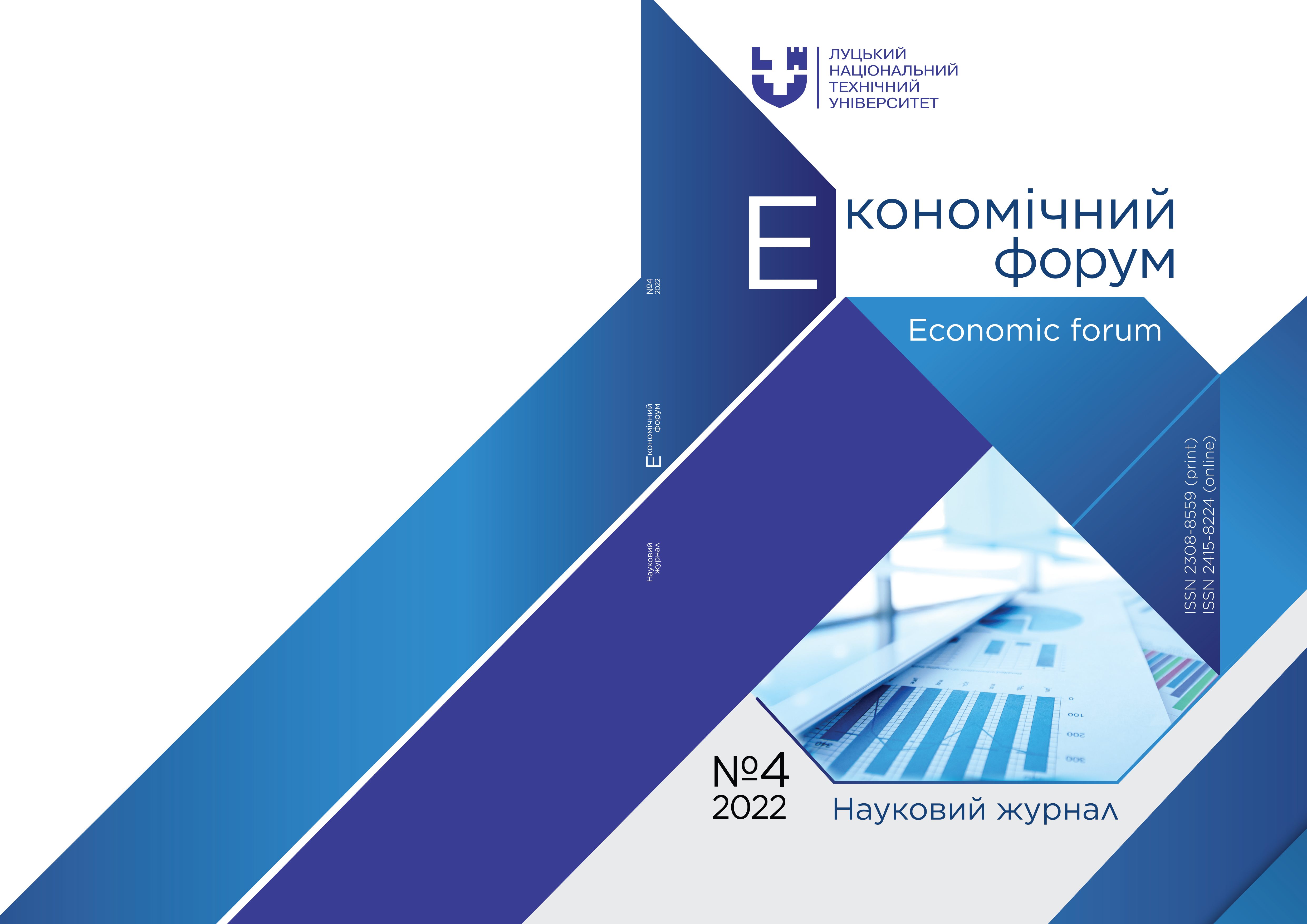COMPARATIVE ANALYSIS OF CHANGE MANAGEMENT MODELS
Abstract
Nowadays, many organizations are faced with the need to implement changes in their daily activities. And this is especially relevant in the modern conditions of domestic and international business development, when constant changes occur and when organizations must quickly adapt to market requirements in the context of globalization and internationalization of the economy.
The ability of organizations to adapt to changes directly affects the profitability of their activities. However, there is no one-size-fits-all way to manage change, as organizations choose and justify their model to improve current performance, take advantage of new opportunities, or address key challenges.
Managers' selection of an effective change management model is vital to management, staff and the image/reputation of the organization as a whole
The main purpose of the research is to carry out a comparative analysis of K. Levin's change management models; McKinsey 7-S; ADKAR and Kubler-Ross.
In this article, on the basis of a review of scientific literary sources, a comparative analysis of the most famous change management models used by organizations for effective management of the transition stage is carried out. Thus, the author investigated four models most often used by organizations to manage change: the McKinsey 7-S model, the ADKAR model, the Kubler-Ross model, and the Levine change model.
The relevance of solving this scientific problem lies in the fact that the author established the differences and identified the main advantages and disadvantages for each model of change management.This article uses a comprehensive literature review that examines, critiques, and synthesizes representative material on the key elements of effective change management. The methodological and theoretical basis of the article is scientific research by K. Levin, Kubler-Ross, Jef. Hayatta, consulting group of McKinsey consulting company. In the process of writing the article, foreign periodicals were also analyzed. Information was also provided by sources on the Internet, official websites of companies, sources of additional information.
The results of the study confirm that the theory of organizational change currently offers a large number of different models of change management, which allows for the development of a common ideology and concept of change. The most fascinating and useful are: the simplicity of Kurt Lewin's model; the practicality of the McKinsey 7-S model; consistency and logic of the ADKAR model and human orientation of the Kubler-Ross model. Each model helps to understand the fundamental concept of change management, which begins with an understanding of the current state, awareness of the need for change, and moves into the movement phase, the actual implementation of the change, and later - the desired state.
The author concluded that it is impossible to choose the optimal change management model for all organizations, but each of the considered approaches to change management can be used to develop certain areas of activity both separately and in symbiosis, complementing each other.
Downloads
References
Bekmukhambetova, Anara (2021) Comparative Analysis of Change Management Models Based on an Exploratory Literature Review. In: New Horizons in Business and Management Studies. Conference Proceedings. Corvinus University of Budapest, Budapest, pp. 98-110. DOI: https://doi.org/10.14267/978-963-503-867-1_10
Lewin K. (1947). Frontiers in Group Dynamics: Concept, Method and Reality in Social Science; Social Equilibria and Social Change. Human Relations. June. .№ 1. P. 5-41. DOI: https://doi.org/10.1177/001872674700100103
Bhatti O. (2011) Strategy Implementation: An Alternative Choice of 8S’S. Annals of Management Research, Volume 1, Number 2. November-December. P. 52-59.
Ali Alshaher (2013). The McKinsey 7S Model framework for E-learning system readiness assessment. International Journal of Advances in Engineering & Technology, Nov. Vol. 6. Issue 5. P. 1948-1966.
Zapukhliak 1. B. (2015). Model McKinsey 7S yak instrument otsiniuvannia hotovnosti hazotransportnykh pidpryiemstv do zmin. Naukovyi visnyk Uzhhorodskoho natsionalnoho universytetu. Seriia : Mizhnarodni ckonomichni vidnosyny ta svitove hospodarstvo. Vyp. 3. S. 136-140.
Sheikh Hamdo, S. (2021). Change Management Models: A Comparative Review. July.
https://doi.Org/10.13140/RG.2.2.24741.01764
Caredda S. (2020). Models: the ADKAR Change Management Model/ UTR: https://sergiocaredda.eu/organisation/ tools/modcls-thc-adkar-change-managemcntmodel/
Copyright (c) 2022 Koretska N.

This work is licensed under a Creative Commons Attribution-NonCommercial 4.0 International License.


1.png)








